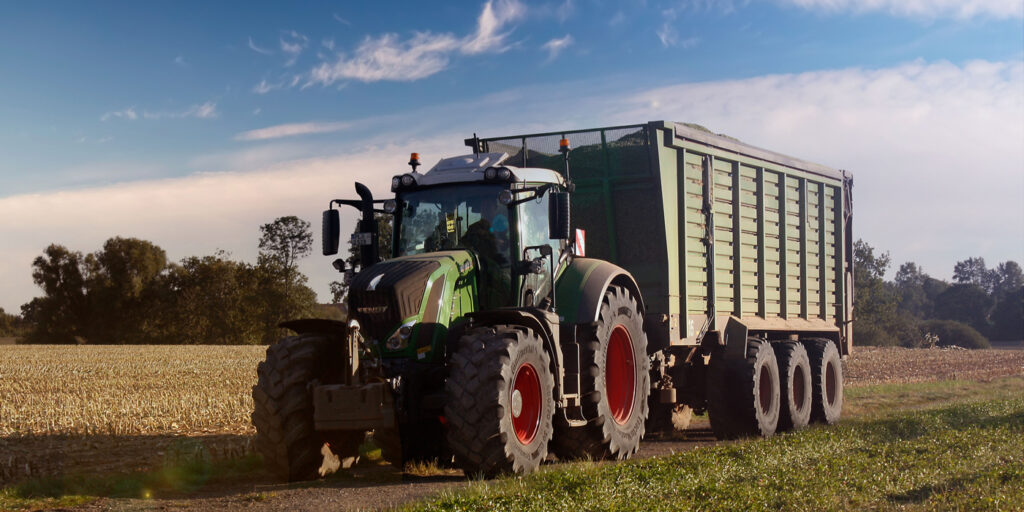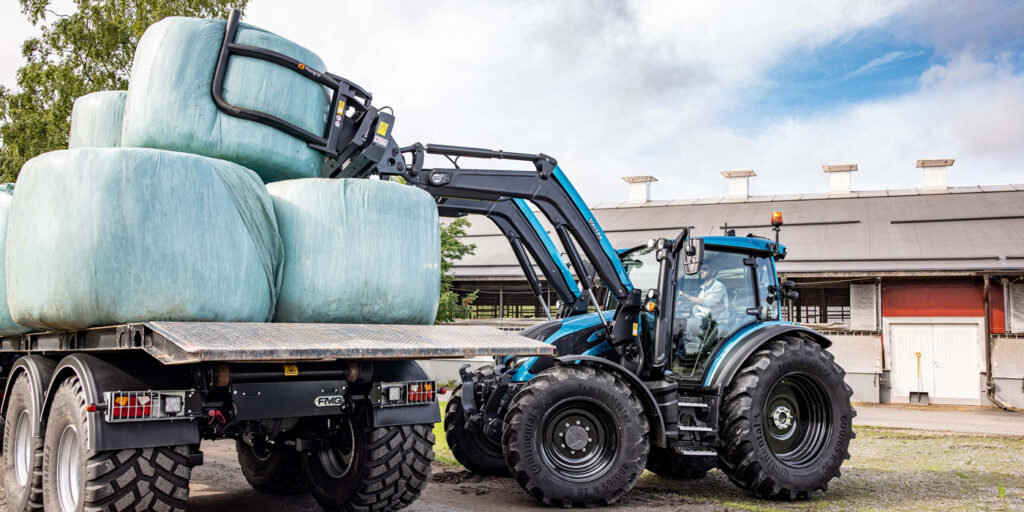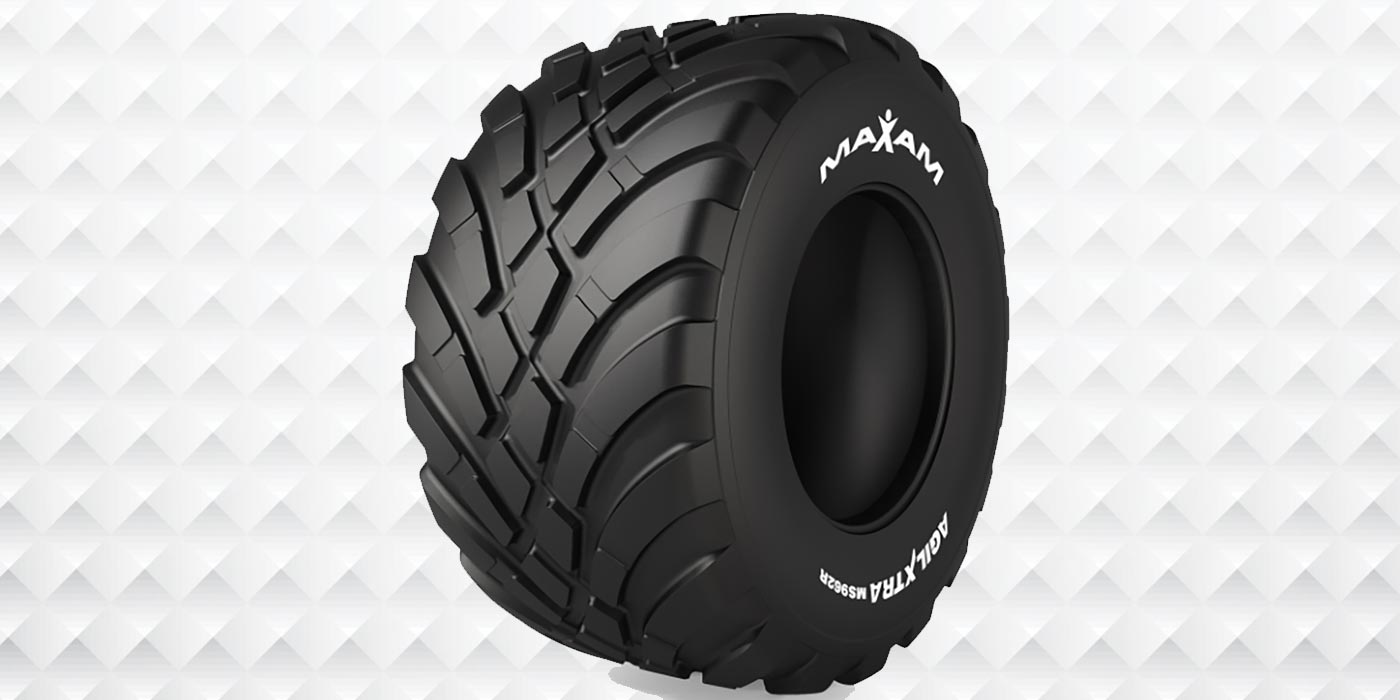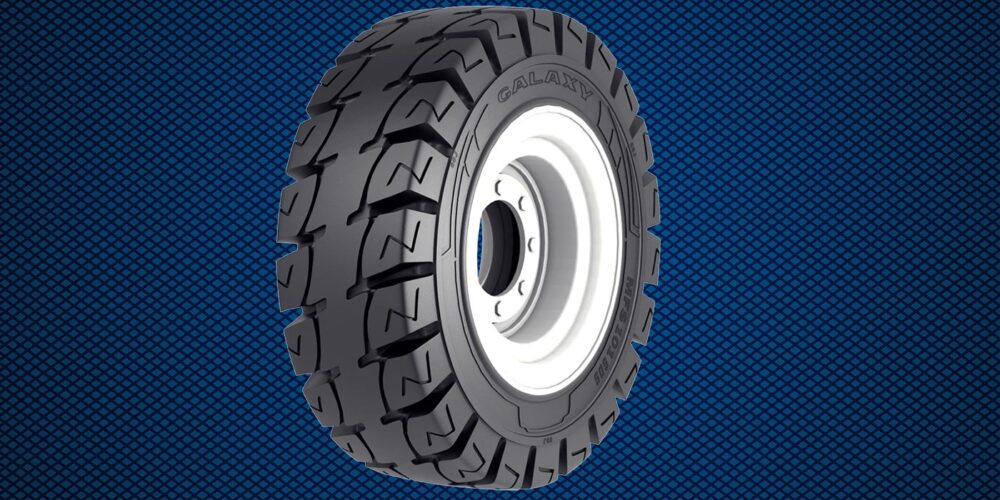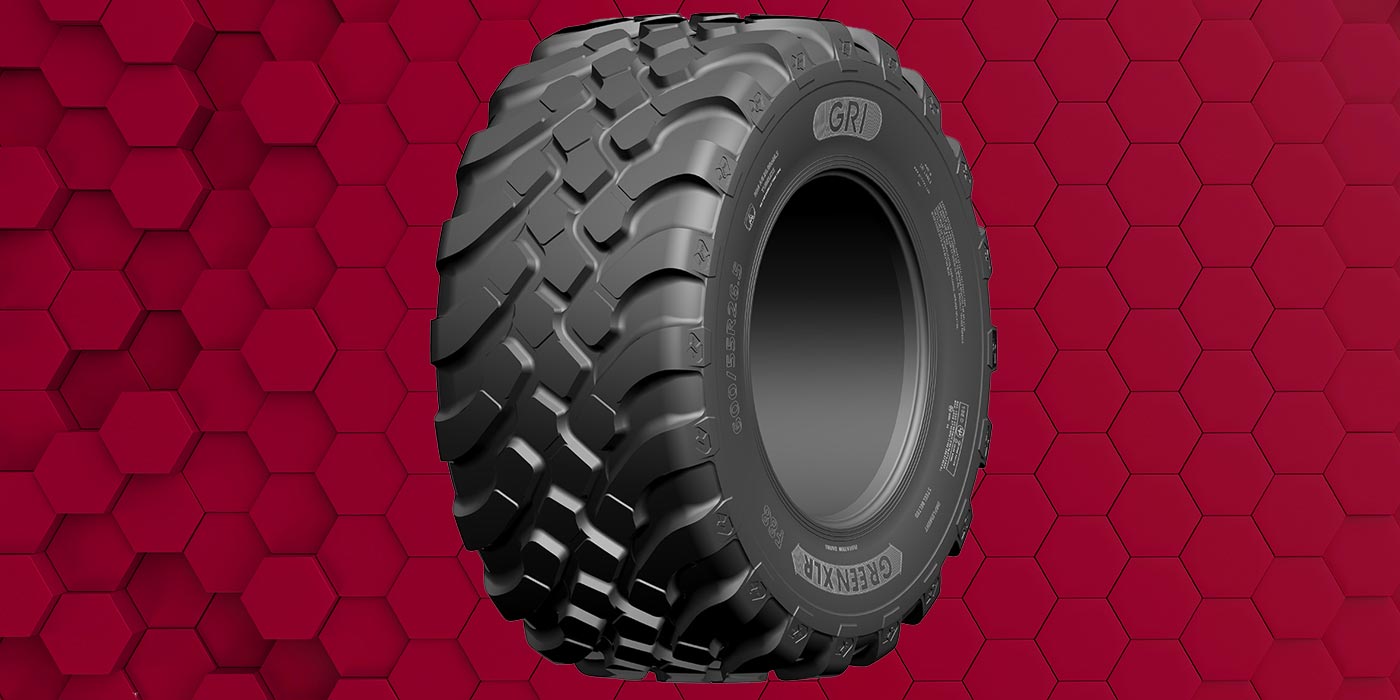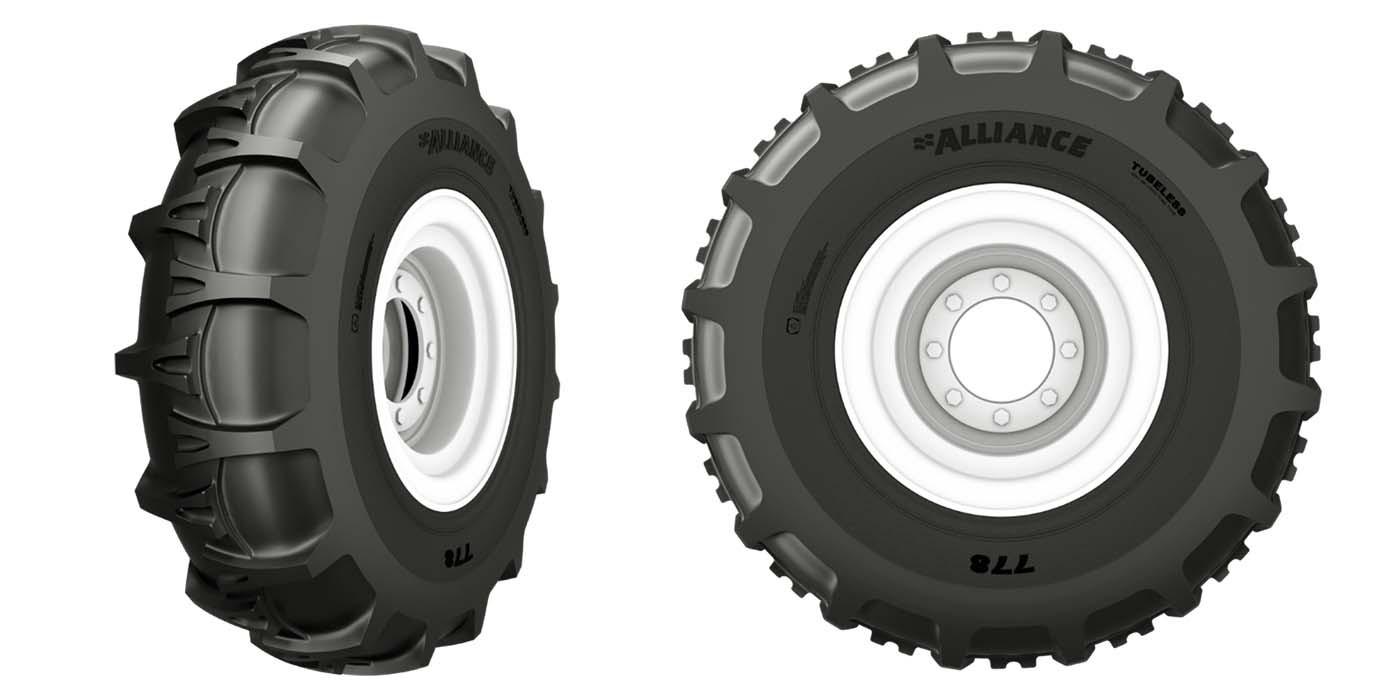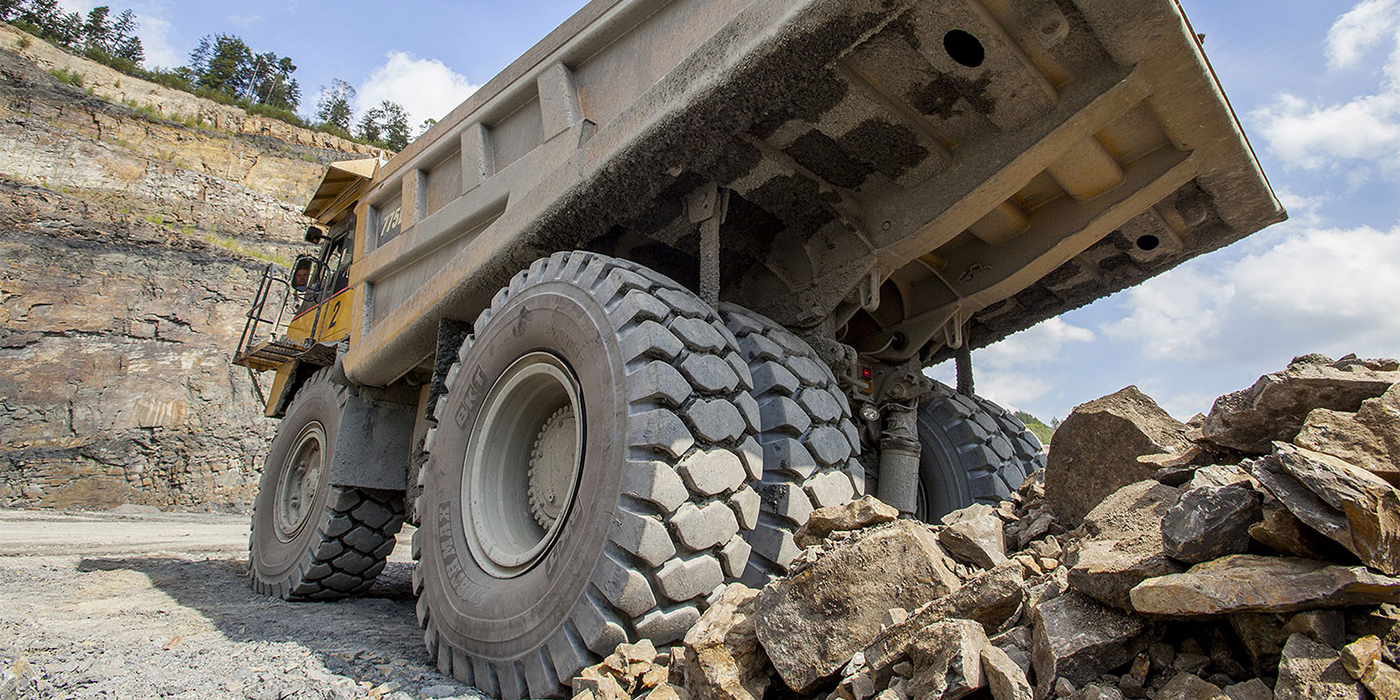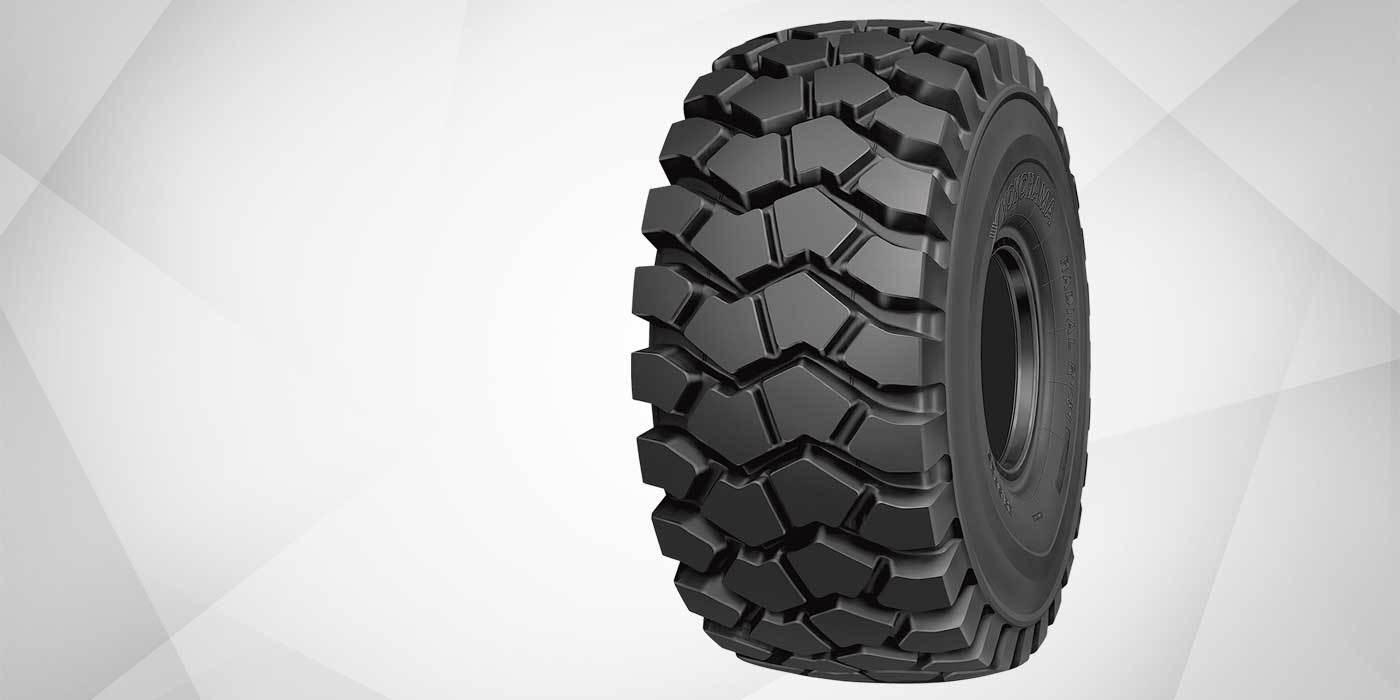It may be mid-year and the workout resolutions have ended, but that doesn’t mean we aren’t making some efforts to prepare for beach season. Many of us find ourselves passing on the extra few steps in a step challenge and maybe we are a little slack on the diet, too. That doesn’t seem to keep us from setting ourselves up for success, with a new outfit and quality pair of shoes, for when we do “go the extra mile.” We know that our health and fitness goals can be met when we really take care of our bodies. The same goes for farming equipment; the equipment that farmer’s push to the limits when harvest season comes so they can get that food to our tables. Just like us, tractors, combines, sprayers, etc., all need some Tender Loving Care, so farmers can maximize their crop yield.
We might start slow with a 30-minute “Intro to Yoga” class, before we dive into a cross-fit style workout, and that is exactly what your farmer customers will do with their equipment before the long hours of harvest. Lug nuts will be greased, fluids checked, engines flushed and all of the bells and whistles will be given a good once-over. What about the tires? A good tennis shoe can be the key to a quality 5K, but are the tires always given the same priority in equipment checks? More often than not, that answer will be “No.”
Tires have a direct impact on several key elements in farming: soil compaction, fuel efficiency, traction on and off the field, as well as the comfortability of the ride for the farmer. Tires require proper inflation and a treadwear check, to say the least. In different parts of the country, there are different types of soil, which only adds to the complexity and demands that tires face.
A tire should be inflated to the appropriate pressure for the soil conditions, as well as the load it is expected to carry. Over-inflation of a standard radial farm tire will cause centerline treadwear, while under-inflation can lead to radial sidewall blowout. In a standard application, the psi level in a front-wheel assist tire is almost equal to the ground pressure—so, “x” psi = “x” ground pressure. A properly inflated tire will spread the weight and pressure evenly across the tread footprint, which directly affects the compaction of the soil.
Proper inflation carries over to fuel efficiency, too. Think of riding a bicycle through town on perfectly inflated tires; almost effortless, right? What if you’re in a hurry to meet friends and just take your bike for a spin, but the tires have not been checked? Assuming you’re riding on asphalt or concrete, if your tires are underinflated, it takes much more effort from you. You show up to meet your friends, sweat on your brow and quite frustrated at the workout you didn’t plan for, all the while you could have just checked your tires.
The same challenges are faced with agriculture tires. The equipment requires a higher psi when on the road, than in the field. So, if the farmer does not change the air pressure for the surface conditions [from field to road], the lower air pressure used to widen the tires’ footprint in the field will cause the equipment to utilize more fuel to keep it running on the road. All the while, we must also consider heat buildup from the higher roading speeds and added stress on the sidewall, if the equipment is carrying a load at the incorrect psi.
Changing the tires’ footprint through inflation will subsequently affect traction capabilities. To take a slight turn from the inflation topic, we can tie traction into a tire’s age and tread wear, too. A tire’s age can be found by recognizing the production or serial code on the sidewall. Especially in hobby farming, a tire may be 10 or more years old before it really needs to be replaced. For R1W tires, for example, the tread block tapers out when the tire has reached about half of its tread life. The taper is used for stability of the tread block, but means the distance between the lugs decreases with wear and will change the traction level. This is the case because the gap between the lugs allows the tire to “grab” at the earth and push off. Much past this point and you can expect the equipment to begin slipping, especially on rainy days.
If we bring these topics full circle, we can think about trail-running shoes, versus road-running shoes (or a treadmill in the rain). Trail-running shoes have a nice “tread depth,” if you will; while the road-running shoes will often have an appealing tread pattern and nice support for the hard surface and pounding on our joints. Not to say we cannot run in trail shoes on the road, or road shoes on the trail, but it certainly helps explain the importance of agriculture equipment “shoes,” which make more sense.
Harvest season is where farmers can see the light at the end of the tunnel. Once the crop is out of the field, there are fewer uncontrollable variables like Mother Nature. If farmers forget to add “check tires” to their pre-harvest to-do list, they may lose precious hours reaping what they’ve sown. Sometimes, the lost time can even lead to a lost crop.
There are many tools that can help prevent these issues, and even more being developed every day. Some of those include new tread patterns, improved tire compounds, reinforced tread blocks, inflation and temperature monitoring sensors. Some equipment manufacturers are on the road to creating central tire inflation systems. These tools and resources are direct responses to the needs of today’s farmer. Farming is becoming only more complex, and our demand on the farmer increases daily, as does the equipment’s demand on tires.There are many tools that can help prevent these issues, and even more being developed every day. Some of those include new tread patterns, improved tire compounds, reinforced tread blocks, inflation and temperature monitoring sensors. Some equipment manufacturers are on the road to creating central tire inflation systems. These tools and resources are direct responses to the needs of today’s farmer. Farming is becoming only more complex, and our demand on the farmer increases daily, as does the equipment’s demand on tires.
A farmer should always check the manual specific to their equipment when performing maintenance or changing tires to optimize their investment, boost efficiency and reduce downtime.

